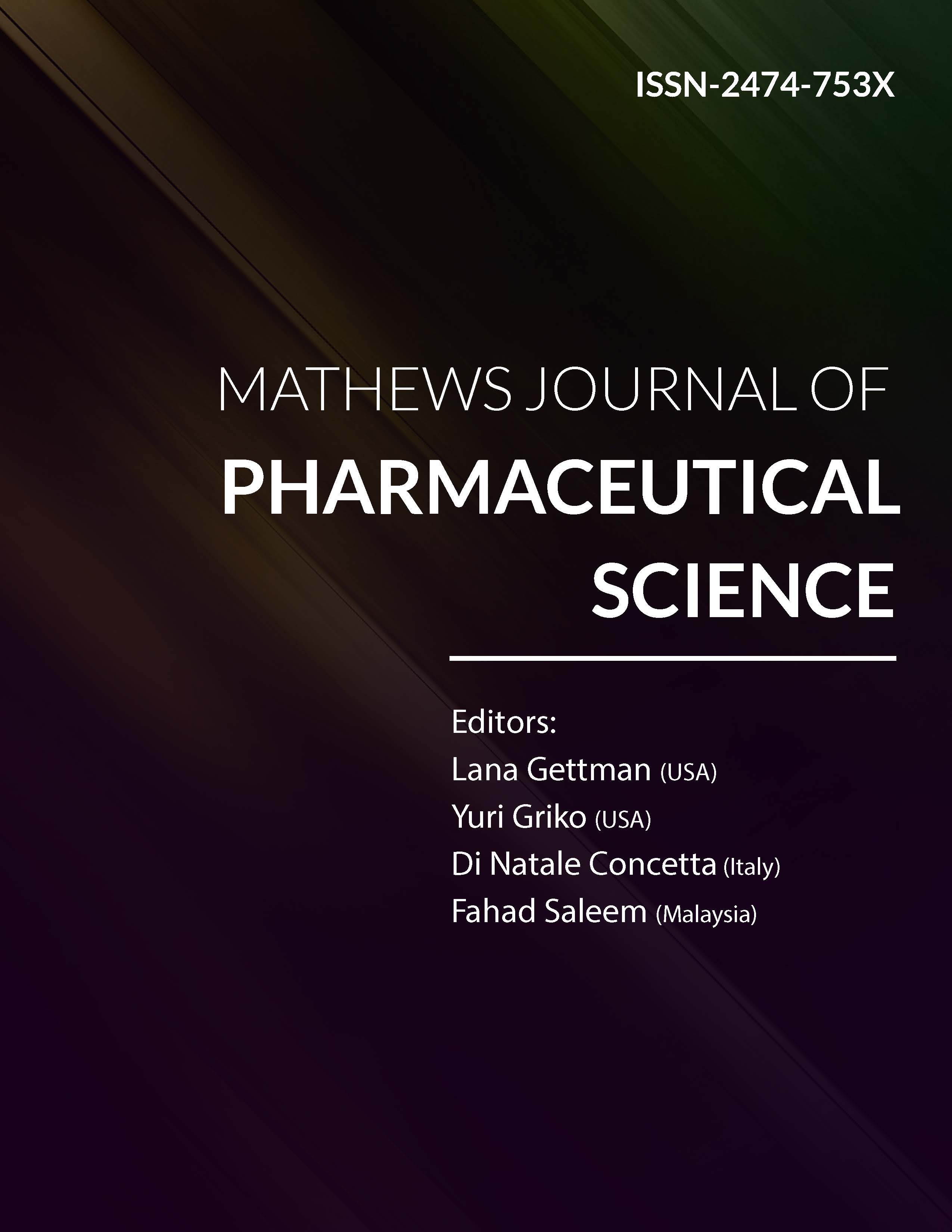
Information Links
Previous Issues Volume 7, Issue 1 - 2023
A Review on Analytical Method of Dapagliflozin and Empagliflozin by QBD Approach
Deepak Dalal*, Ravi Kant, Reena Badhwar
Department of Pharmaceutical Quality Assurance, SGT University, Gurugram, Haryana,122505, India
*Corresponding Author: Deepak Dalal, Department of Pharmaceutical Quality Assurance, SGT University, Gurugram, Haryana, 122505, India; Email: [email protected]
Received Date: 17 February, 2023
Published Date: 20 March, 2023
Citation: Dalal D, et al. (2023). A Review on Analytical Method of Dapagliflozin and Empagliflozin by QBD Approach. Mathews J Pharma Sci. 7(1):17.
Copyrights: Dalal D, et al. © (2023).
ABSTRACT
Type 2 diabetes mellitus affects 90% of people with diabetes and causes high blood sugar levels and other medical conditions that are associated with it, including an increased risk of cardiovascular disease, kidney disease, ophthalmic diseases, and neurological problems. Several analytical methods have been illustrated in the literature, including UV spectroscopy, High-Performance Liquid Chromatography, High-Performance Thin Layer Chromatography, and Liquid Chromatography, Mass Spectrometry (LCMS). In order to gather information for this work, we reviewed the literature on a variety of stability tests, impurity profiling, and bio-analytical approaches that were used to establish the concentration of Empagliflozin and Dapagliflozin in formulations and singly. The Limit of Detection (LOD), Limit of Quantitation (LOQ), Standard Curve, Accuracy, and Precision are some of the analytical validating factors for the analysis of Empagliflozin alone or in combination with Linagliptin or Metformin that are covered in this review. This evaluation assists subsequent analytical studies on the aforementioned drugs.
Keywords: Dapagliflozin, Empagliflozin, UV-Spectroscopy, HPLC, QBD Approach